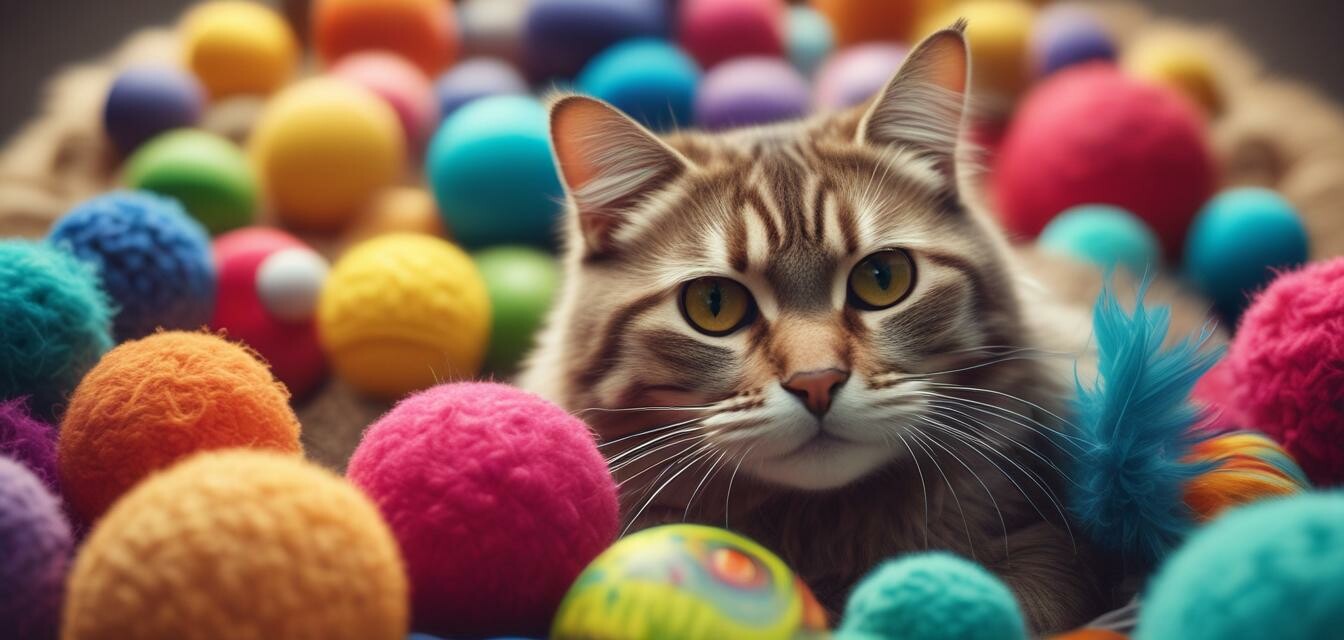
Cat training & behavior
Key takeaways
- Understanding cat behavior is crucial for effective training.
- Consistency and positive reinforcement are key training techniques.
- Identifying your cat's needs can lead to better habits.
- Different training methods work for different cats based on temperament.
Training your cat not only improves their behavior but also strengthens the bond between you and your feline friend. This guide aims to provide insights into understanding cat behavior and effective training techniques. By learning more about your cat, you can create a happier and healthier environment for both of you.
Understanding cat behavior
Cats are complex creatures with unique behaviors. Understanding these behaviors is essential to effective training. Here are some common behavioral traits in cats:
- Social behavior: While some cats are more independent, others crave interaction.
- Territorial instincts: Cats often mark their territory, which can sometimes result in unwanted behaviors.
- Hunting instincts: Even indoor cats enjoy stalking and pouncing.
- Scent marking: Cats use scent to communicate; understanding this can help prevent issues.
Behavioral signs to watch for
| Behavior | Possible Interpretation |
|---|---|
| Kneading with paws | Contentment or a sign of comfort |
| Purring | Usually a sign of happiness, but can also indicate distress. |
| Hiding | Stress or feeling unwell. |
| Scratching furniture | Instinct to sharpen claws and mark territory. |
Effective training techniques
Implementing effective training techniques requires patience and understanding. Here are some popular methods:
Positive reinforcement
This method involves rewarding your cat for good behavior, making them more likely to repeat it. Consider using treats or praise as rewards.
Clicker training
Clicker training is a method that utilizes a sound to mark positive behavior, followed by a reward. This helps your cat associate the sound with good behavior.
Consistent commands
Use the same commands for specific actions to avoid confusing your cat. Consistency is key in training.
Creating a suitable training environment
Your cat's training environment can greatly influence their behavior. Here are some tips to set up a conducive training space:
- Choose a quiet space with minimal distractions.
- Use appropriate training tools like clickers or specific toys.
- Have treats ready to reward good behavior.
Common training challenges
While training your cat, you may encounter some challenges. Here are ways to overcome them:
Pros
- Improves the bond between cat and owner.
- Encourages good behavior.
- Makes handling easier during vet visits.
Cons
- Can be time-consuming.
- Some cats may resist training.
- Requires patience and consistency.
Images and visual cues in training
Visual aids play a vital role in understanding cat training. Consider using charts or images that illustrate different techniques or signs.

Fostering good habits
Fostering good habits in your cat often requires ongoing training and reinforcement:
- Consistently reward desirable behaviors.
- Redirect negative behaviors positively.
- Utilize toys and stimuli designed for cats to keep them engaged.
Conclusion
Understanding cat behavior and implementing effective training techniques can significantly improve your relationship with your feline friend. Remember, every cat is unique, so be patient and adaptable in your approach. For further tips and cat products that help, check out our sections on cat toys, cat furniture, and grooming essentials.

Resources for continued learning
Additional resources can enhance your training experience:
- Consider consulting a cat behaviorist if issues persist.
- Explore online forums for tips and shared experiences from other cat owners.
- Take advantage of local training classes.

Investing time into understanding and training your cat creates a harmonious household. With the right approach, you’ll see a notable change in your cat’s behavior and habits.








